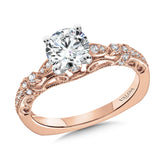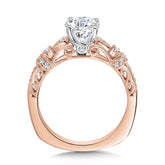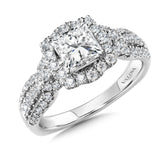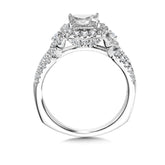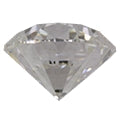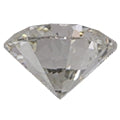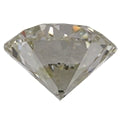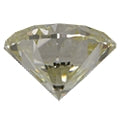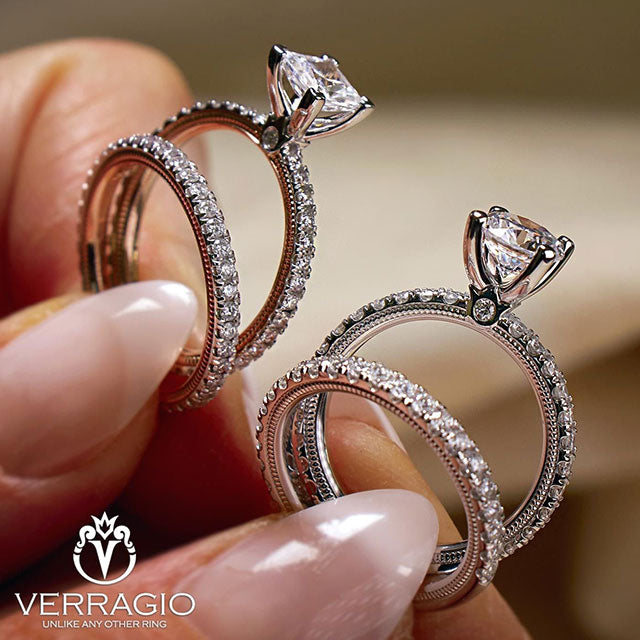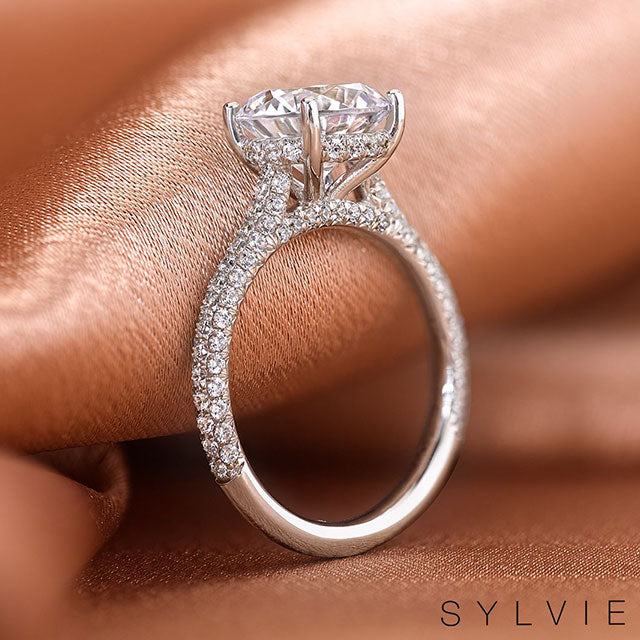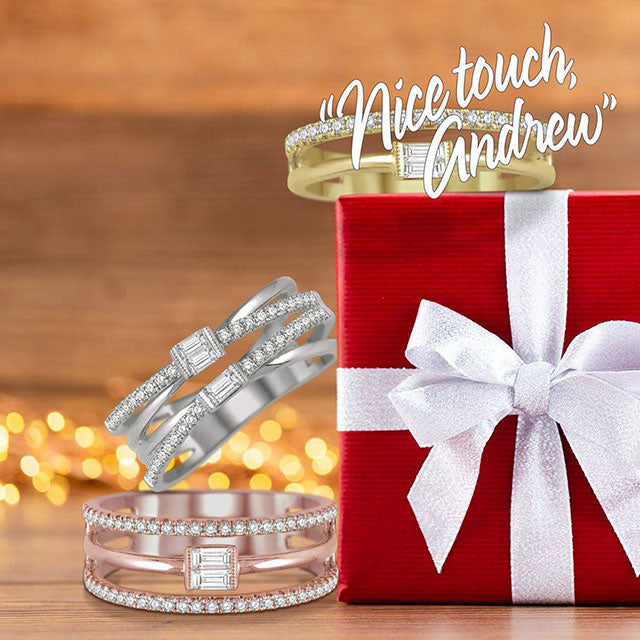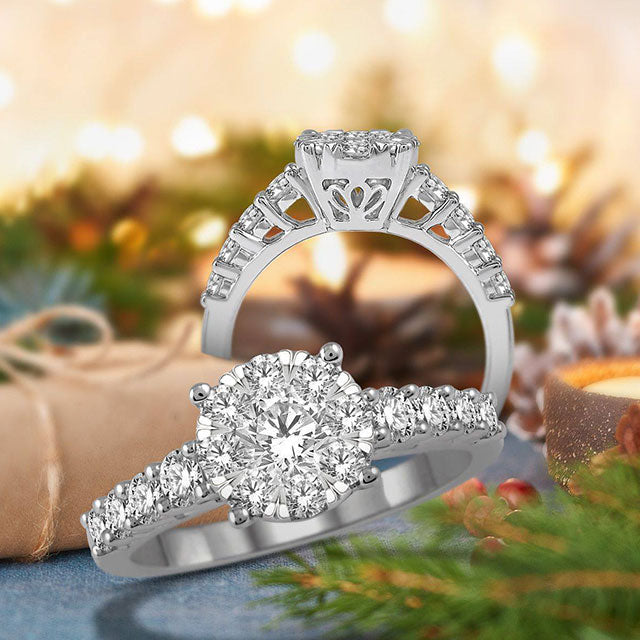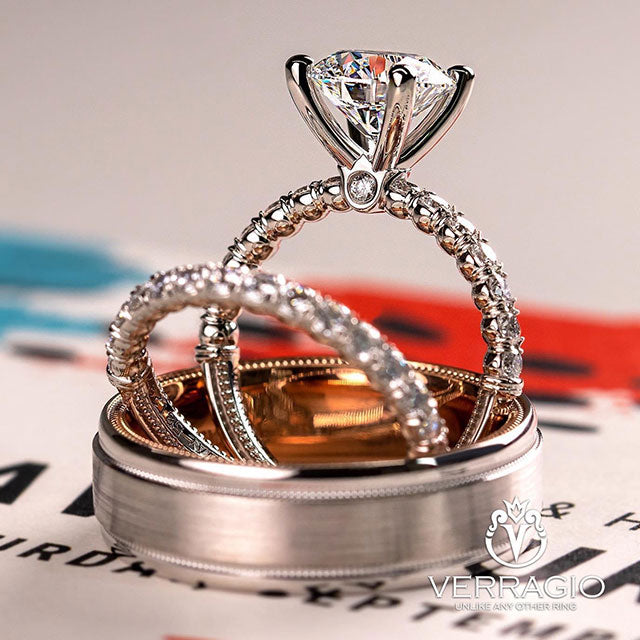Grading Scale
When using the D-Z scale, the color grade of a diamond is not affected by the actual color yellow, brown, gray, etc. The grade is affected by the intensity or depth of whatever color the diamond has. The root beer ice cube could be made with a partial solution of 50% water and 50% root beer and then the intensity of the brown may drop to a (U). It's still brown but a much lighter brown because you have diluted the depth of color. A very good analogy for understanding the diamond color chart is that (D) is icy cold and (Z) is very hot and anything in the middle is lukewarm.
The reason for the sub categories is because the color grades within each category look more closely like one another than neighboring colors. When compared side by side, a diamond graded (G) color looks more like an (H) than a diamond that is graded (F) even though the (G) neighbors both colors. You might say that color grades grouped in the colorless range are brothers & sisters and the neighboring near colorless group are their cousins.

Jewelry Designer at Andrews Jewelers
Accuracy of Color Grading
A good rule of thumb is to consider diamonds of (I) color and better when choosing a white metal. Yellow gold jewelry on the other hand can hold diamonds as low as (KL) color and still look quite nice while saving you considerable amounts of money. When diamonds are set it is very difficult to determine exact color grades and that's why it's not imperative to have the highest quality color grade.

Jewelry Designer at Andrews Jewelers
What is Fluorescence?
What Color Grade Should I Choose?
- Choosing a selection results in a full page refresh.

